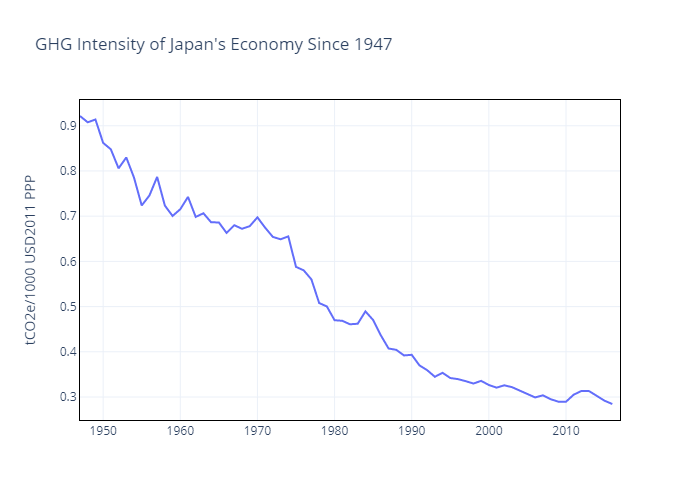
1/n
We ended 2020 with the news that India's power demand cross 180 GW for the first time. Unusually, this occurred in December, when power demand usually peaks is in summer?
What is going on here? Is it sign of the economic recovery?
Short thread.
We ended 2020 with the news that India's power demand cross 180 GW for the first time. Unusually, this occurred in December, when power demand usually peaks is in summer?
What is going on here? Is it sign of the economic recovery?
Short thread.
2/n
Firstly, as I have been repeating, we need to look carefully at both base effect and time period when looking at demand growth.
Monthly demand smooths out daily fluctuations, and comparing 2020 against both 2019 and 2018 shows the importance of the base effect. 👇
Firstly, as I have been repeating, we need to look carefully at both base effect and time period when looking at demand growth.
Monthly demand smooths out daily fluctuations, and comparing 2020 against both 2019 and 2018 shows the importance of the base effect. 👇

3/n
Compared against 2018, 2020 monthly demand has registered only a few months of growth since the lockdown effectively ended in June.
Because of the collapse in demand in the second half of 2019, the picture looks more optimistic if we compare against 2019 (low base effect)
Compared against 2018, 2020 monthly demand has registered only a few months of growth since the lockdown effectively ended in June.
Because of the collapse in demand in the second half of 2019, the picture looks more optimistic if we compare against 2019 (low base effect)
4/n
Secondly, instantaneous demand (peak) is clearly not the same thing as energy demand across time.
The relationship between daily December demand and daily December peak appears to be getting steeper 👇.
Secondly, instantaneous demand (peak) is clearly not the same thing as energy demand across time.
The relationship between daily December demand and daily December peak appears to be getting steeper 👇.

5/n
In other words, for every increase in daily December demand, daily peak has been increasing further (the slope of the relationship has been increasing).
So, December demand appears to be getting more peaky. This may be because of heating loads.
In other words, for every increase in daily December demand, daily peak has been increasing further (the slope of the relationship has been increasing).
So, December demand appears to be getting more peaky. This may be because of heating loads.
6/n
In addition, daily variability in December demand and peak also appears to be increasing 👇.
In particular, the distribution of daily values in 2020 appears to be skewed. The median daily peak and daily energy requirement are far lower than the upper quartile.
In addition, daily variability in December demand and peak also appears to be increasing 👇.
In particular, the distribution of daily values in 2020 appears to be skewed. The median daily peak and daily energy requirement are far lower than the upper quartile.

7/n
In simpler terms, there were a few days of high energy requirement and high peak, and the bulk of days with lower values. This explains why 2020 monthly aggregate energy requirement was not substantially above the 2019 or 2018 value, while the peak values were.
In simpler terms, there were a few days of high energy requirement and high peak, and the bulk of days with lower values. This explains why 2020 monthly aggregate energy requirement was not substantially above the 2019 or 2018 value, while the peak values were.
8/n
So a few take-aways:
- peak demand is not a good indicator because it's impacted by both intraday and interday variability.
- both intraday (peakiness) and interday variability appear to be increasing.
- we need to look at longer time periods, like monthly totals.
So a few take-aways:
- peak demand is not a good indicator because it's impacted by both intraday and interday variability.
- both intraday (peakiness) and interday variability appear to be increasing.
- we need to look at longer time periods, like monthly totals.
9/n
- the picture that emerges from a longer period and more comprehensive assessment is still of pretty tepid demand growth.
- the picture that emerges from a longer period and more comprehensive assessment is still of pretty tepid demand growth.
• • •
Missing some Tweet in this thread? You can try to
force a refresh












